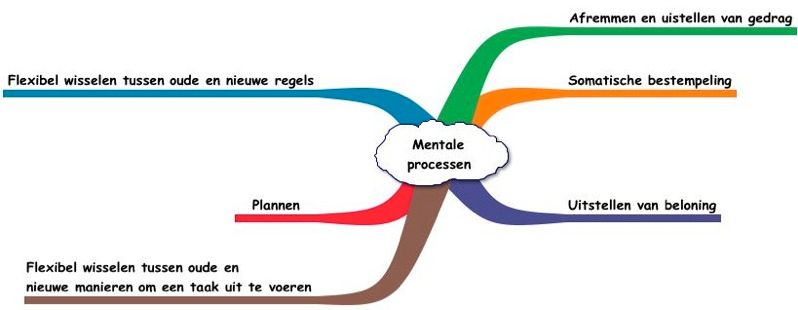cameras, photos and stories
Adolescents
Brain scans of adolescents show that their brains are far from being mature. Brain development continues into adulthood and is a dynamic process. Even after puberty, the brain still undergoes major structural changes. This is especially true of the prefrontal cortex. This area directs processes such as the activities of working memory and the shaping of complex and goal-oriented actions. The still developing prefrontal cortex also has consequences for cognitive processes such as learning, thinking about one's own thinking (metacognition) and planning. It also affects social processes, because the emotional system and the communication between that system and the cognitive system is still developing. Adolescents can therefore rely less on somatic labeling, a very important neural process, which is discussed in detail in other parts of this website. One consequence of this is, among other things, that especially in a phase of life in which adolescents have to make many choices, their ability to make decisions does not yet function optimally. Other consequences are that mental processes such as slowing down and delaying behavior, directing attention, managing emotions, dealing with criticism, planning, but also flexibly switching between new and old rules to tackle a taskare less developed.
Adolescents, on the other hand, are well able to reason hypothetically and think outside the box because of the flexibility of their brains. It is not until mid-adolescence that young people begin to use processes that improve decision-making. A development that continues until late adolescence around the age of twenty-five. They therefore come to decisions in a different way than adults. They have to use their prefrontal cortex much more intensively. These behavioral differences are functional because they prepare adolescents for adulthood. Risky behavior and sensation seeking are necessary for adolescents to create the space to leave the safe parental home. Adolescents exhibit more risky behavior than adults, but they only do so when they are in the company of peers. This can be explained because daring to take risks goes hand in hand with a desire for appreciation within one's own age group.
An expert in this field handles the information in a different way. For example, he reads an article about cloning and immediately sifts the important information from the non-important ones. The expert categorizes the important information into clusters, which he can then use in his working memory to form a well-founded opinion. A built-in alarm system helps him with this. He does not have to think about much, but he feels: this is good and that is not. The American neurologist Damasio has called this somatic marking.
Adolescents are not yet able to use this system well. The connections in and to the frontal cortex are not yet fast enough for it and, moreover, they do not have enough relevant information or experiences stored in the long-term memory. A young person gains a lot of experiences every day, which then provide him with knowledge and criteria to be able to reach a decision faster and better. This form of learning is based on striking or radical events that have triggered a whole range of emotions, feelings and thoughts. This happens more or less by chance and you can therefore call this form of learning incidental or implicit. Although there are enough striking and dramatic events at school and among the students, school learning is not about chance experiences. The curriculum is precisely for the purpose of allowing the students to very consciously gain very specific pre-determined experiences. There is no student who, unless he happens to grow up in a German-speaking environment, will learn German on his own. This kind of learning can be called intentional or explicit learning. Often this learning is based on Hebb's model. A model that describes how repetition strengthens certain neurological networks in the brain, so that someone can master a skill better and better.

